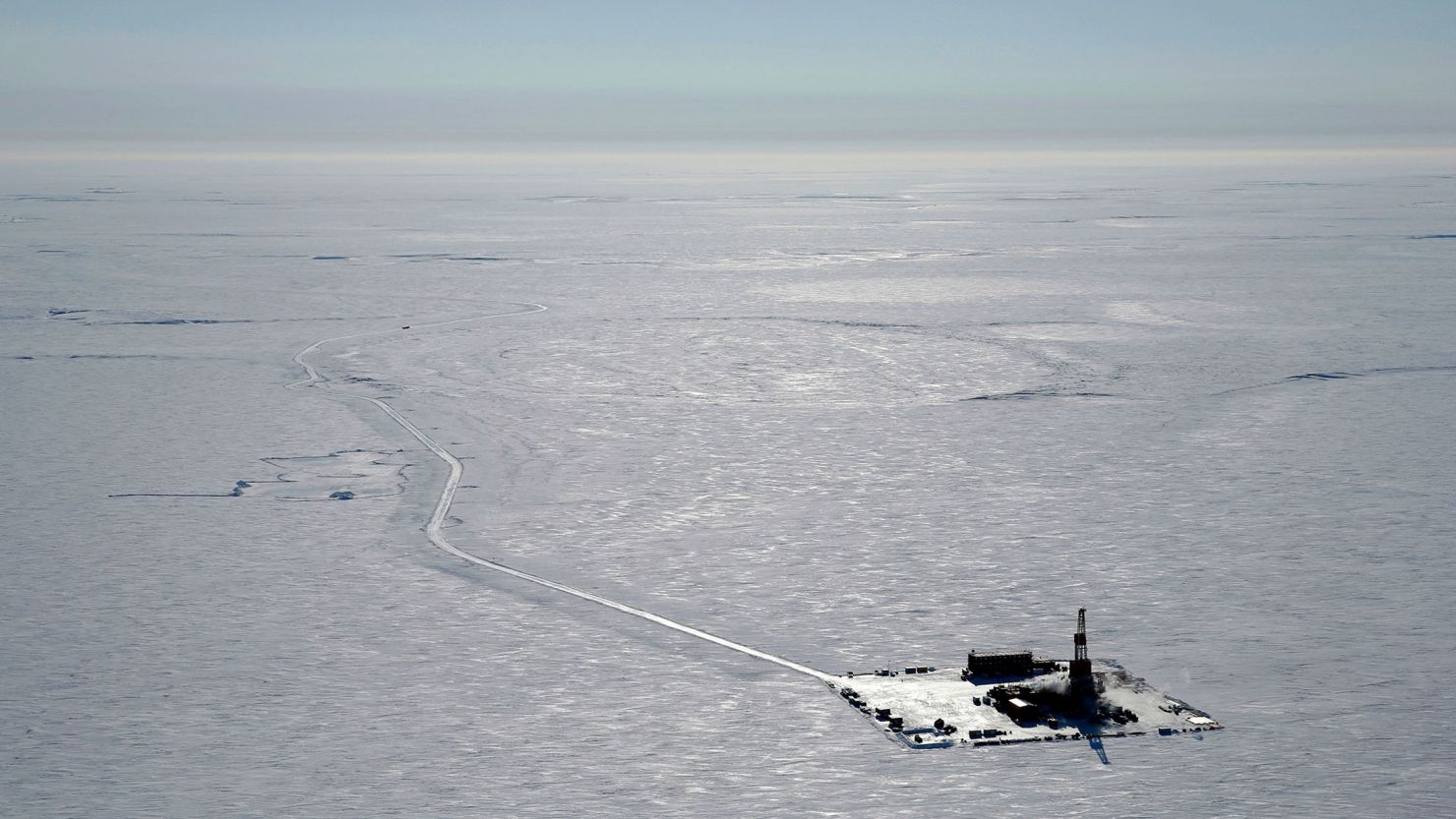The Biden administration is expected to make a decision soon on whether to approve the controversial Willow Project in Alaska.
ConocoPhillips’ massive Willow oil drilling project on Alaska’s North Slope has been moving through the administration’s approval process for months, galvanizing a sudden uprising of online activism against it, including more than one million letters written to the White House in protest of the project, and a Change.org petition with more than 2.9 million signatures.
Here’s what to know about the Willow Project.
What is the Willow Project?
ConocoPhillips’ proposed Willow Project is a massive and decadeslong oil drilling venture on Alaska’s North Slope in the National Petroleum Reserve, which is owned by the federal government.
The area where the project is planned holds up to 600 million barrels of oil. That oil would take years to reach the market since the project has yet to be constructed.
Who supports the Willow Project?
The state’s lawmakers say the project will create jobs, boost domestic energy production and lessen the country’s reliance on foreign oil. All three lawmakers in Alaska’s bipartisan congressional delegation met with President Joe Biden and his senior advisers on March 3, urging the president and his administration to approve the project.
A coalition of Alaska Native groups on the North Slope also supports the project, saying it could be a much-needed new source of revenue for the region and fund services including education and health care.
“Willow presents an opportunity to continue that investment in the communities,” Nagruk Harcharek, president of the advocacy group Voice of the Arctic Iñupiat, told CNN. “Without that money and revenue stream, we’re reliant on the state and the feds.”
Who opposes the Willow Project?
Other Alaska Natives living closer to the planned project, including city officials and tribal members in the Native village of Nuiqsut, are deeply concerned about the health and environmental impacts of a major oil development.
In a recent personal letter to Interior Secretary Deb Haaland, Nuiqsut Mayor Rosemary Ahtuangaruak and two other Nuiqsut city and tribal officials said that the village would bear the brunt of health and environmental impacts from Willow. Other “villages get some financial benefits from oil and gas activity but experience far fewer impacts that Nuiqsut,” the letter reads. “We are at ground zero for the industrialization of the Arctic.”
In addition, a surge of online activism against Willow has emerged on TikTok in the last week – resulting in over one million letters being sent to the Biden administration against the project and over 2.8 million signatures on a Change.org petition to halt Willow.
Would the Willow Project be bad for the climate crisis?
By the administration’s own estimates, the project would generate enough oil to release 9.2 million metric tons of planet-warming carbon pollution a year – equivalent to adding 2 million gas-powered cars to the roads.
“This is a huge climate threat and inconsistent with this administration’s promises to take on the climate crisis,” Jeremy Lieb, an Alaska-based senior attorney at environmental law group Earthjustice, told CNN. In addition to concerns about a fast-warming Arctic, groups are also concerned the project could destroy habitat for native species and alter the migration patterns of animals including caribou.
Willow advocates, including Alaska lawmakers, vow the project will produce fossil fuel in a cleaner way than getting it from other countries, including Saudi Arabia or Venezuela.
“Why are we not accessing [oil] from a resource where we know our environmental track record is second-to-none?” Republican Sen. Lisa Murkowski of Alaska said during a recent press conference.
Would approving the Willow Project break a campaign promise Biden made?
Yes.
During his 2020 presidential campaign, Biden vowed to end new oil and gas drilling on public lands and waters – which he initially carried out as part of an early executive order.
However, the drilling pause was struck down by a federal judge in 2021, and since then the Biden administration has opened up several areas for new drilling. Several of these new oil and gas drilling areas have been challenged in court by environmental groups.
Can Willow be challenged in court?
If the Willow Project is approved by the Biden administration in any form, it will almost certainly face a legal challenge.
Environmental legal group Earthjustice has told CNN it is preparing legal action against the project. Lawyers have already started laying out their legal rationale, saying the Biden administration’s authority to protect surface resources on Alaska’s public lands includes taking steps to reduce planet-warming carbon pollution – which Willow would ultimately add to.
When is the Biden administration expected to issue a decision?
A decision on the Willow Project could come as early as this week.
The Biden administration could approve the scope of the project with three drilling pads – which is what was recommended by the Bureau of Land Management in Alaska – or offer a scaled-down version of the project with two drilling pads. It could also decide to deny the Willow Project all together.






